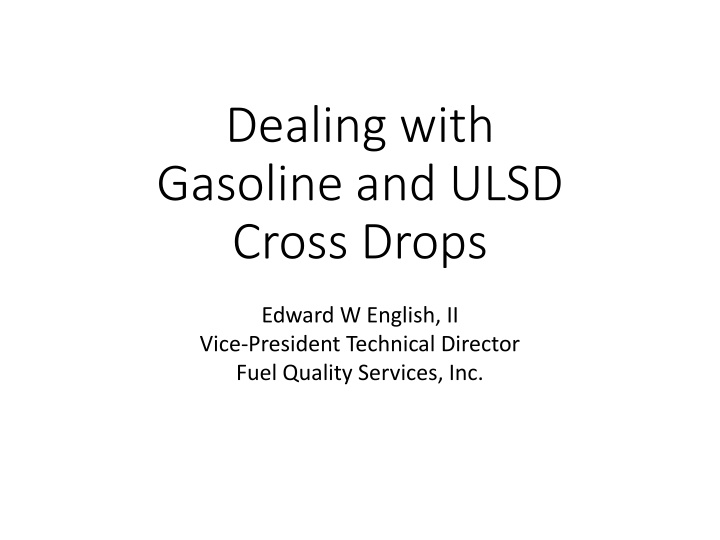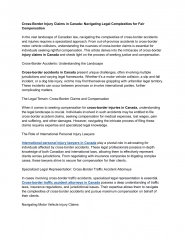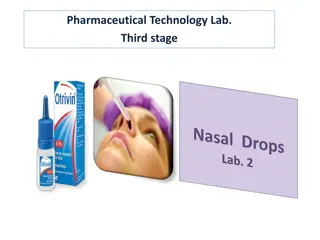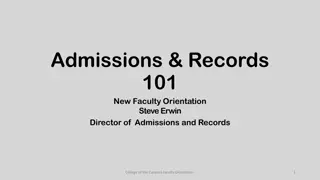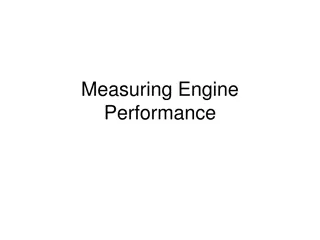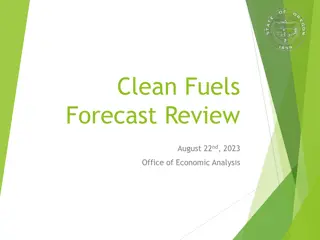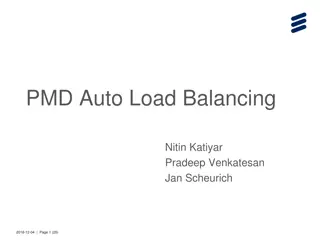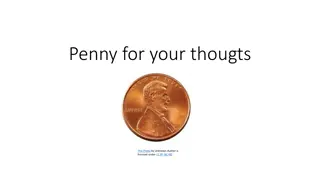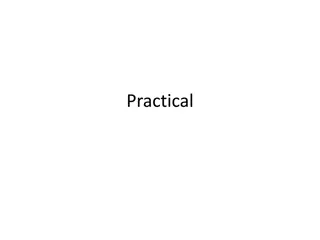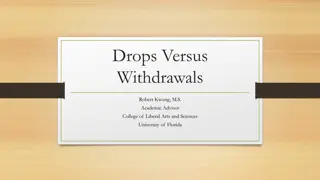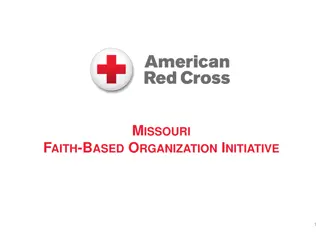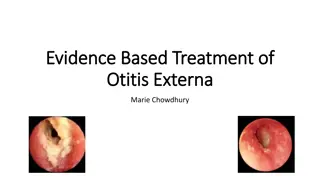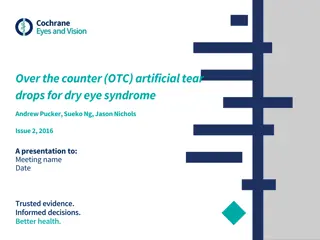Dealing with Gasoline and ULSD Cross Drops
A cross drop occurs when gasoline or ULSD is unintentionally mixed in a tank, potentially causing fuel contamination and rendering the entire system out of specification. This guide explains the potential outcomes and steps to take, including quarantine, sampling, qualitative and quantitative tests to identify contamination accurately.
Download Presentation

Please find below an Image/Link to download the presentation.
The content on the website is provided AS IS for your information and personal use only. It may not be sold, licensed, or shared on other websites without obtaining consent from the author.If you encounter any issues during the download, it is possible that the publisher has removed the file from their server.
You are allowed to download the files provided on this website for personal or commercial use, subject to the condition that they are used lawfully. All files are the property of their respective owners.
The content on the website is provided AS IS for your information and personal use only. It may not be sold, licensed, or shared on other websites without obtaining consent from the author.
E N D
Presentation Transcript
Dealing with Gasoline and ULSD Cross Drops Edward W English, II Vice-President Technical Director Fuel Quality Services, Inc.
What is a Cross Drop? A Cross Drop occurs when Gasoline(E10) or ULSD is dropped into a tank containing a ULSD or Gasoline(E10) potentially rendering the entire tank out of specification.
Potential Outcome Possible outcomes of a Cross Drop: Gasoline (E10) contamination of ULSD or ULSD contamination Gasoline (E10). ULSD Contaminated by Gasoline (E10) Gasoline (E10) Contaminated by ULSD Minimum quantity 0.5% Minimum quantity 4-5% Reduction Flash Point Poor Cold Start due to Low Volatility Reduction in Lubricity & Viscosity Injector Valve Deposits, poor fuel spray HPCFR / Injector Low Pressure Residue buildup on cylinder walls Premature detonation Lower octane number (knocking) Diesel fuel could become flammable
What to Do, Step 1 Quarantine and Isolate Immediately quarantine and isolate the affected fuel system from use (from fill to dispenser). Immediately quarantine and isolate affected vehicles. If a vehicle fuel tank has been filled leave the engine off, do not put key into the ignition to avoid circulating the fuel in the vehicle engine.
What to Do, Step 2 Sample affected fuel systems Obtain samples of the fuel storage tank through the dispenser. Obtain samples of fuel from the affected vehicles Can perform qualitative tests in-house Send samples to a lab for quantitative results
What to Do, Step 3 Optional Qualitative Tests ULSD Contaminated with Gasoline (E10) Gasoline (E10) Contaminated with ULSD Qualitative Test Smell Test (Gasoline odor) Smell Test (Diesel odor) Volatility Test (5 drops) (Evap., rate proportion to gasoline content) Volatility (5-10 drops) (After gasoline evaporates, ULSD Residue) Fuel Shake (Reduced to nonfoam indicate gasoline) Fuel Shake (Signs of foam indicate ULSD) Ignition Test - 5 drops on a dish (Sustained flame indicates gasoline)
What to Do, Step 4 Quantitative Tests ULSD Contaminated with Gasoline (E10) Gasoline (E10) Contaminated with ULSD Quantitative Test D93 - Flash Point (Flash point near or less than 52 C) D86 Distillation (for ULSD >2%) (IBP 149 F / FBP 437 F) GC Finger Print (Hydrocarbon peaks prior to C10) D381 Gum Test (for ULSD >2%) (Unusual mass wt. unwashed gums ) GC Finger Print (for ULSD >2%) (Hydrocarbon peaks after C10)
Gasoline Tests D381 & D86 Gasoline Samples Blinded Blinded Blinded 2085 1 98.4 117.9 130 135.6 141.6 150.1 198.7 243.6 282.9 338.9 407 511 568.6 618.3 96.2 1.5 2.3 Lab Number Sample Code Site UnWshdGum WashedGum IBP Evap_5 Evap_10 Evap_15 Evap_20 Evap_30 Evap_40 Evap_50 Evap_60 Evap_70 Evap_70 Evap_70 Evap_70 FBP Recovered Residue Loss Blinded Blinded Blinded 3914 1.5 159.5 162.5 165 197.4 221.2 254.2 283 318.2 352.87 412.3 486.1 559.7 606.1 639.4 99.7 0.9 -0.6 Blinded Blinded Blinded 840.5 0.5 102.8 124.1 132.8 138.4 143.1 150.8 196 234.9 275.4 324.4 392 501.6 569.4 608.4 96.8 1.6 1.6 Blinded Blinded Blinded 1347 0.5 104.8 126.7 134.3 140.1 144.9 1051.8 208.47 249.2 289 344.3 413.9 517.4 574.3 621.6 97.4 1.4 1.2 D381 g/100mL g/100mL deg F deg F deg F deg F deg F deg F deg F deg F deg F deg F deg F deg F deg F deg F D86 mL mL mL
Gasoline Tests GC Fingerprint Gasoline Carbons C5-C10 Diesel Carbons C11-C22 Gasoline Peaks Diesel Peaks Gasoline Carbons C5-C10 Diesel Carbons C11-C22 Gasoline Peaks Diesel Peaks
Diesel Tests Flash Point Diesel Fuel Samples Blind Blind Deg F < 80 Deg C < 27 Lab Number Sample Code Flash Flash Blind Blind < 80 < 27 D93
Diesel Tests GC Finger Print Gasoline Peaks Diesel Peaks Gasoline Carbons C5-C10 Diesel Carbons C11-C22
What to Do, Step 5 If test results are negative If test results do not detect a Cross Drop, it is business as usual. If you suspect periodic Cross Drops or Cross Contamination implement periodic surveillance and send sample to a reputable laboratory for testing.
What to Do, Step 6 If test results are positive Contact all responsible parties of the event and test results Thoroughly drain and vacuum the affected tank. Flush the transfer and dispenser lines (remove filter from filter housing). Replace the dispenser filter. Fill tank and place back in service. If vehicles are affected, thoroughly flush and clean vehicle fuel systems.
Q&A Q&A
